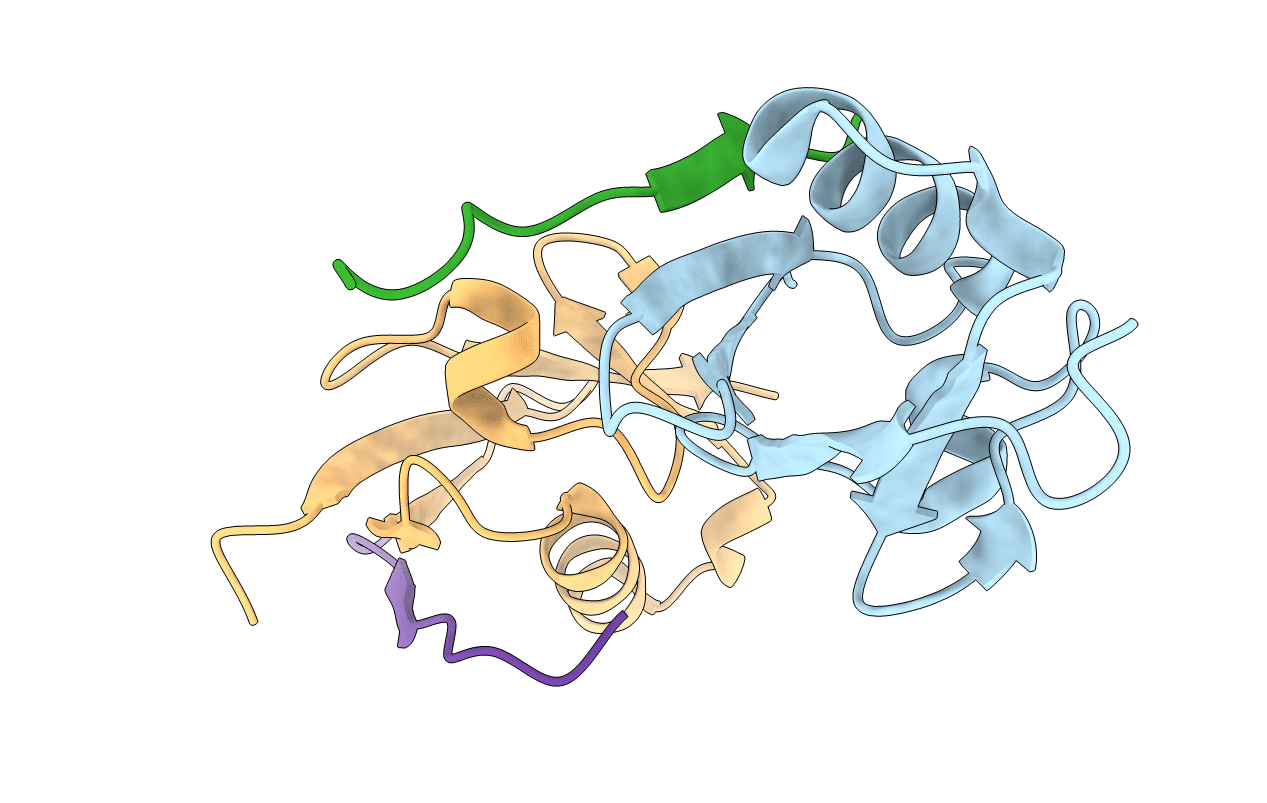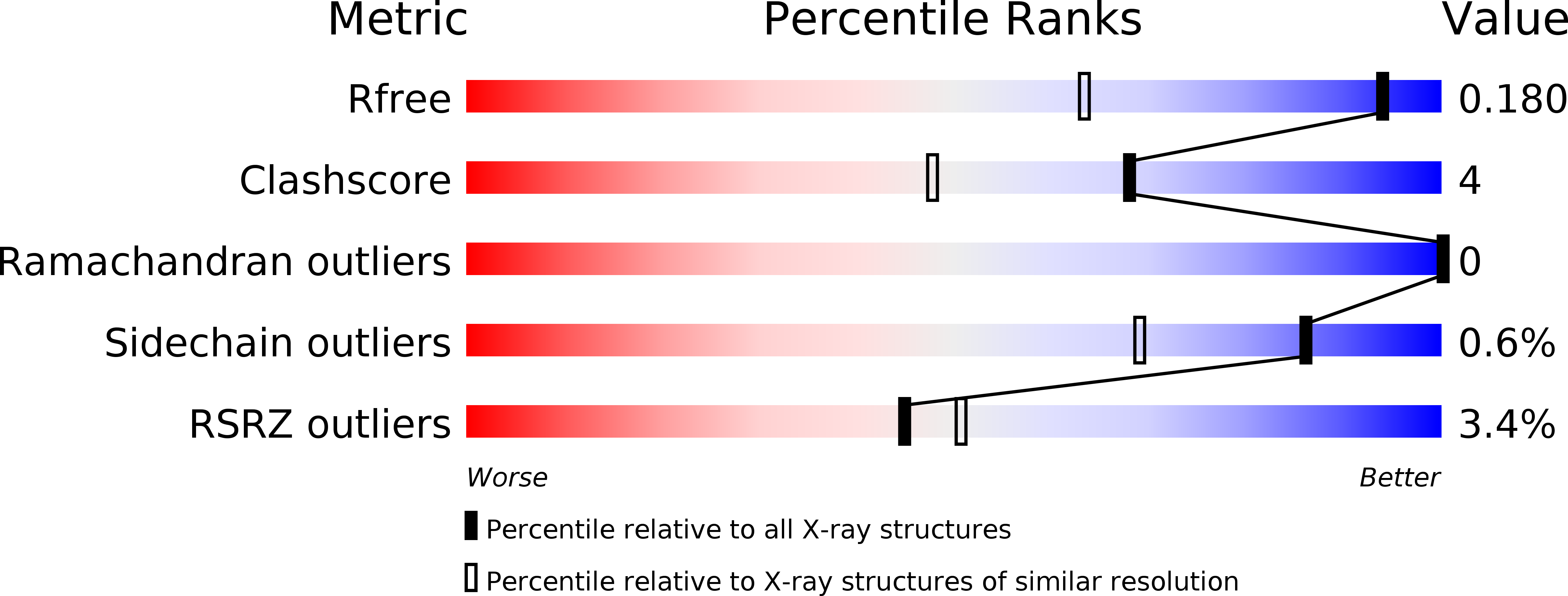
Deposition Date
2014-10-01
Release Date
2014-12-31
Last Version Date
2023-09-27
Entry Detail
PDB ID:
4WJQ
Keywords:
Title:
Crystal Structure of SUMO1 in complex with Daxx
Biological Source:
Source Organism:
Homo sapiens (Taxon ID: 9606)
Host Organism:
Method Details:
Experimental Method:
Resolution:
1.35 Å
R-Value Free:
0.18
R-Value Work:
0.15
R-Value Observed:
0.15
Space Group:
P 1 21 1


